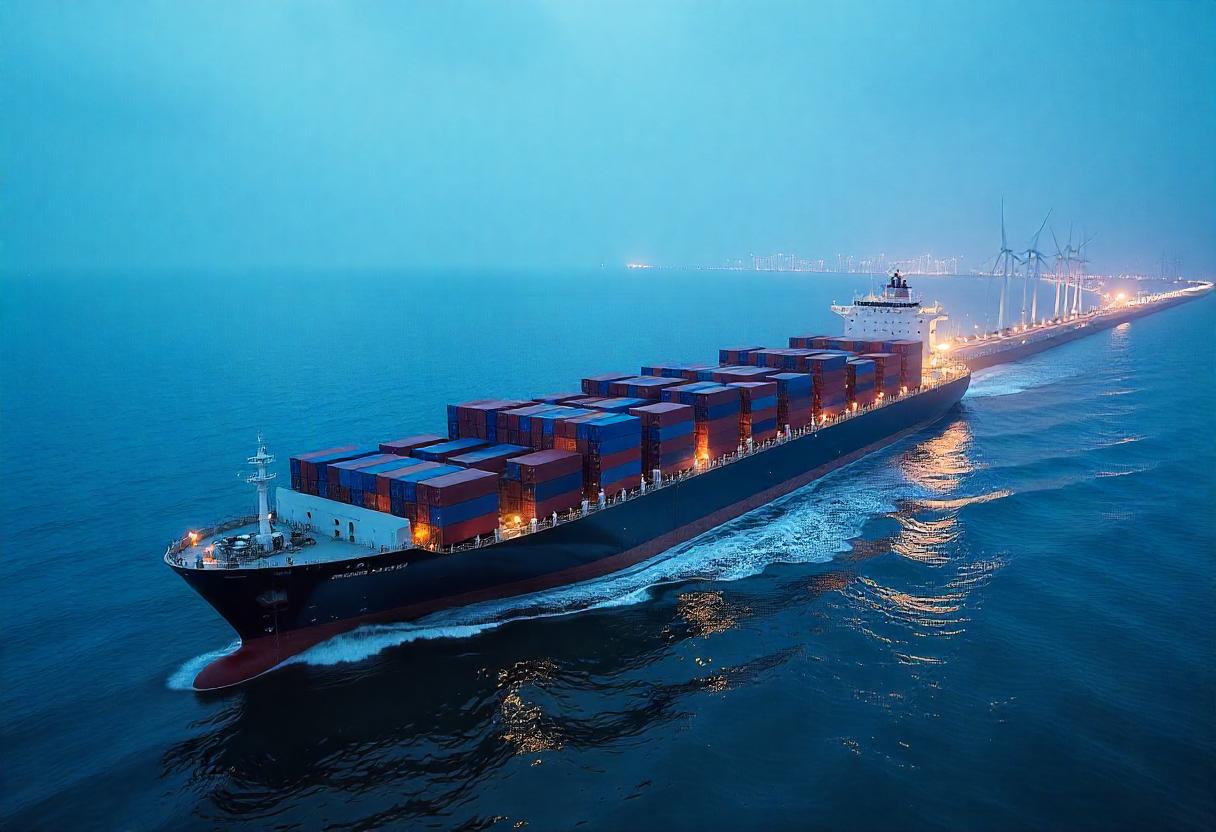The Vision for India
The concept of positioning India as a global transshipment hub is not just pie in the sky; it’s a well-thought-out strategy boosted by the country’s geographical advantages and growing industrial base. The insights shared by industry leaders underline the rapid developments needed for India to rival established hubs like Dubai and Singapore. A dedicated focus on revamping logistics and infrastructure can spark the required growth and participate actively in global trade dynamics.
The Strategic Advantages
With a coastline that stretches over 7,500 km and intimate access to several international shipping routes, India finds itself in a privileged position. The combination of a strategic location, an expanding manufacturing sector, and rising consumer demand paints a promising picture. To take full advantage of these assets, the country needs a systematic and strategic approach to overcome existing logistical challenges.
Key Components of Growth
Achieving the elusive goal of becoming a transshipment hub involves a multi-faceted strategy. Some critical areas of focus include:
- Policy Reforms: Streamlined customs processes that facilitate quicker shipping times are essential.
- Infrastruktuurin kehittäminen: Modern ports equipped to handle increased cargo volumes will be crucial for operational efficiency.
- Multimodal Connectivity: Enhancing links between different modes of transport ensures seamless logistics.
- Regulatory Support: A unified national logistics policy can eliminate inefficiencies and barriers.
- Private Sector Participation: Encouraging private investment can inject much-needed capital and innovation.
The Role of Government Initiatives
Government initiatives like Gati Shakti, Sagarmala, and Free Trade Warehousing Zones are making strides in promoting logistics capabilities. By aligning various stakeholders and mobilizing resources, there’s an optimistic view that these projects can lead to significant advancements in logistics systems.
Gati Shakti Initiative
The Gati Shakti initiative aims to enhance multimodal connectivity in India, which is vital for international logistics. By merging various transport infrastructure, logistical hurdles can be significantly reduced. This initiative emphasizes collaboration between various sectors and the central government, paving the way for faster movement of goods.
Sagarmala Project
The Sagarmala project focuses on modernizing port infrastructure, ensuring that Indian ports become more efficient and capable of handling larger volumes of cargo. A major objective is to lower shipping costs and time—hallmarks of an effective global logistics environment.
Vaikutukset logistiikkaan
With these initiatives in place, the ramifications for logistics are profound. A well-functioning transport network not only boosts domestic logistics but also enhances international trade, as goods can move without unnecessary delays. This creates more reliable delivery schedules, which is the bread and butter of successful logistics operations.
Private Sector Involvement
Encouraging private sector participation is crucial. Private companies can introduce innovative technology and efficient practices that could further boost India’s logistics landscape. Strategic partnerships with global players can help in knowledge transfer and capacity building, helping to propel India to a leadership position in transshipment.
Global Partnerships
Forming alliances with known players in logistics can also enrich local expertise. Such partnerships can facilitate technological upskilling and improve service standards, which are fundamental for capturing a significant share of the international logistics market.
Challenges Along the Way
Despite the optimistic outlook, challenges exist. Existing infrastructure may not support the rapid scaling needed for effective logistics. Moreover, inconsistent regulatory environments can hinder progress. Increased investment, both locally and internationally, will be necessary to overcome these hurdles. Only through sustained efforts can India hope to emerge as a viable transshipment hub.
Importance of Continuous Assessment
Regular evaluations of progress on government initiatives and private-sector contributions are critical. As the logistics landscape evolves, adaptive strategies will be necessary to ensure that India continues on its upward trajectory. Frequent assessments will aid in addressing bottlenecks promptly and pivots when necessary.
Päätelmä
In summing up, India’s vision for becoming a global transshipment hub could profoundly impact the global logistics environment. The support for policy reforms and necessary infrastructure development provides a clear roadmap. Even in the face of challenges, the prospects seem bright, with active participation from both the government and the private sector. GetTransport.com stands ready to support this journey, offering efficient, global cargo transportation solutions tailored to meet diverse needs. By utilizing their platform, individuals and businesses can secure affordable and reliable logistics solutions to meet their transportation demands.
In essence, with a unified approach, India is on a fast track to becoming a logistics powerhouse. However, no amount of research can beat the power of personal experience. With GetTransport.com, you have the opportunity to plan your cargo transportation effectively without breaking the bank or facing disappointments. Take advantage of their seamless services and diverse choices, ensuring transparency and convenience throughout your logistics needs. Book your cargo transportation with GetTransport.com tänään!

 Intian kunnianhimo: Intia: Kehittymässä maailmanlaajuiseksi jälleenlaivauskeskukseksi">
Intian kunnianhimo: Intia: Kehittymässä maailmanlaajuiseksi jälleenlaivauskeskukseksi">